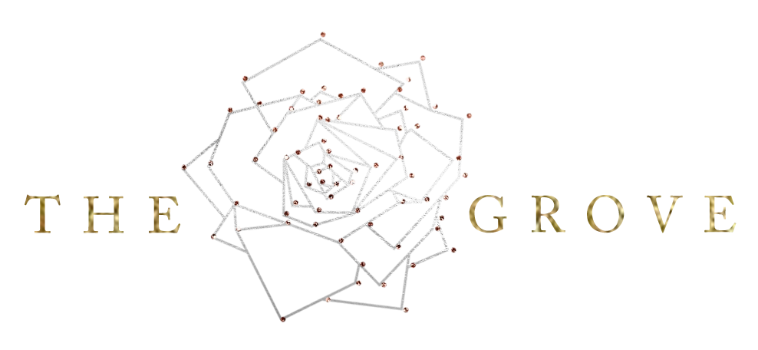Should You Shoot Interiors with Lights On or Off?
Sunday, May 01, 2022 | By: Natalia Robert
To light, or not to light.
That's always the question, right?
Artificial lights are usually a warmer light temperature than sunlight, but what about special lighting that you want to show off? And what about those funky streaks and shadows formed by light beaming from fixtures (like the cone of light coming out of lampshades!)?
Here are the general rules I follow:
- Lights OFF
- If there are special effects or fixtures that the client wants to show off, I take the photo with no lights on and then do ONE frame with the lights on to lightly blend over it
- Frames with any lights on should be underexposed and lightly lit up with a flash (or strobe)
Let's break these down a bit.
Why lights off?
Essentially, it typically looks more high end.
While I've seen trends shifting and showing more lights on than before, I still stick to lights off for most projects. It tends to have a more natural, yet high-end, feel.

This photo has the room’s lights on.

This photo has no lights on.
With the photos above, you can see the difference.
The left photo has lights on in the bathroom, while the right photo has no lights on whatsoever.
Low diffused flash was used in the bottom photo to help fill in the shadows a bit, but otherwise it's all-natural.
Especially when it comes to quicker shoots like real estate or vacation rentals, keeping lights off can also prevent any sort of variation in light temperatures. Avoiding any mix of light temperatures can make editing easier (bonus!!).
Blending a lit fixture
Sometimes there's a fantastic fixture or lighting effect that does need to be captured. There are a few tricks to help ensure it's a great-looking result!
Here's an example from a recent shoot:
In the photo series below, you can see the layers that went into the final image.
The top three images are the layers, straight out of camera (SOOC). The bottom photo is the final as delivered to the client.




For the shot with the light on, there was a flash used to fill in the shadows a bit. The shot is underexposed because you don't want the fixture details to get lost in the brightness of the light! By underexposing you keep that detail, but then lighting up the space around it a bit makes it easier to blend in later in Photoshop.
Now here's the kicker - there are no set rules for this.
As you probably know by now, each space can be different. You may walk into a room and be wowed by the lighting, making it a must to show off!
When in doubt, capture the room with no artificial lights and then do one or two frames with lights ON so you can play with blending while editing.
xo
~n
PS:
You might have clients that ask for lights on when you think it's best not to.
In those cases, keep this in mind:
- You are hired as the professional, and that includes giving your professional opinion. Don't be afraid to speak up and let them know that you highly recommend not turning lights on. Ensure them that the results will be fantastic!
- If they insist or you don't want to refuse them, tell them that you'll take some photos with lights on. Then proceed to do lights off, and then one additional shot with lights on just in case you want to layer it on.





